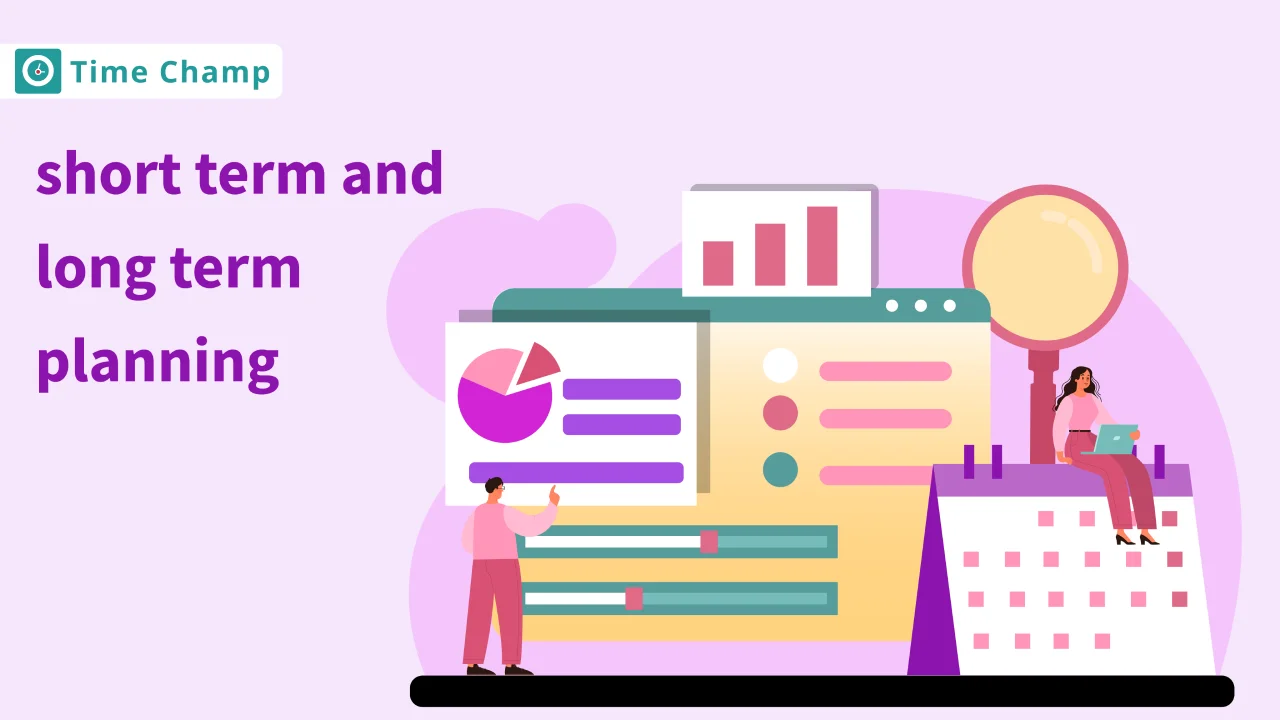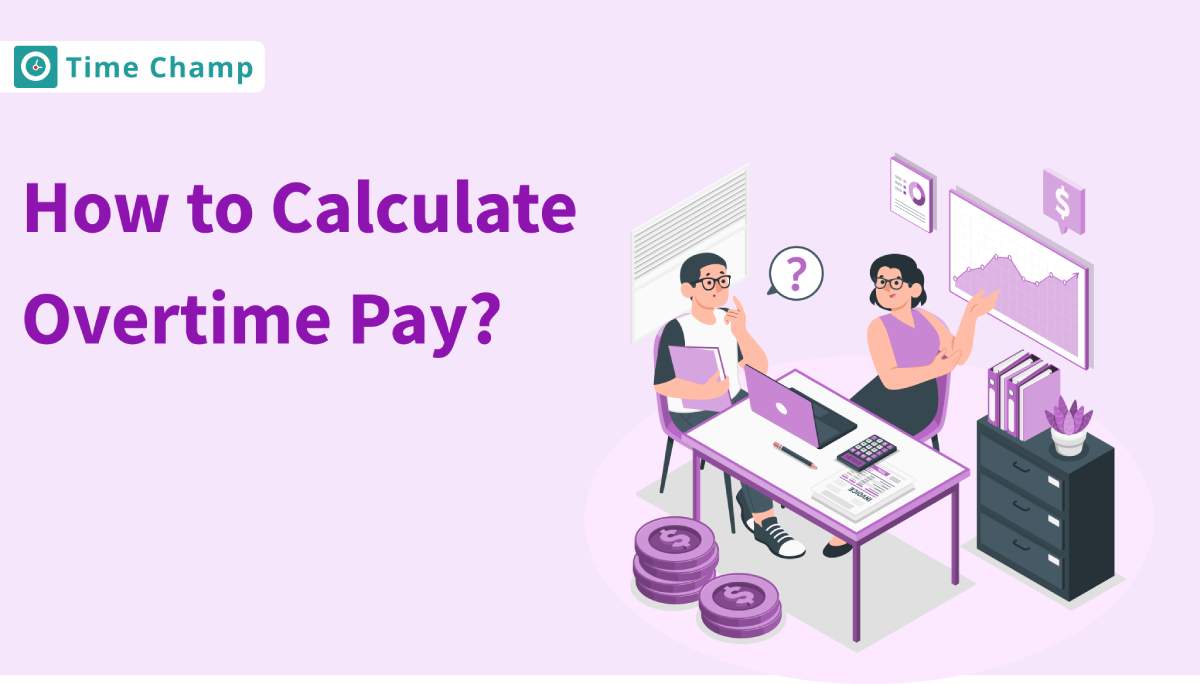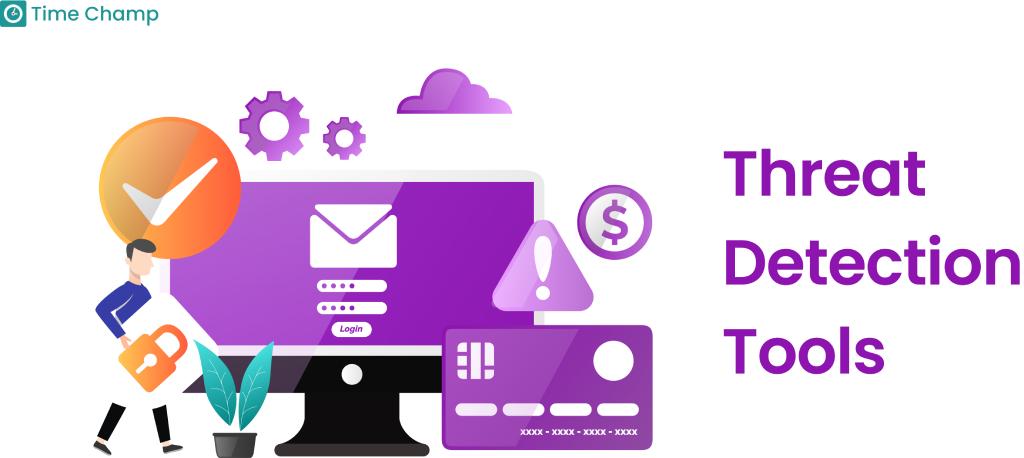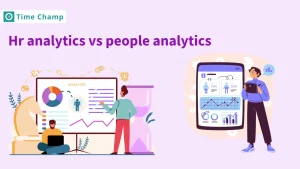Planning is the map that will lead you to the achievement of your personal goals or the company’s objectives. Planning is all about the future, the goals, and how to achieve them. This exploration will take you through short-term and long-term planning, enabling us to know how they all work together to help us grow and succeed. Although short-term and long-term planning are different, they both are important for success in achieving goals and creating plans that work. Let’s analyze the role of planning in achieving the objectives of organizations.
What is Short-Term Planning?
Short-term planning is a method that helps businesses develop a plan to achieve specific goals in a timeframe like six months to a year. It’s like a map that guides the way. Short-term planning is aimed at the current time and helps you in solving the problems that you are going through now.
The short-term plan is the first step to the organization’s major objectives. It is the road that leads to the allocation of resources, and even winning small victories on the way. Short-term planning is important because it allows things to be maintained and to be flexible, especially when things change fast. It means the big goals are broken down into small steps and the group decides on the most important things, uses resources effectively, and stays on track with what is about to happen. This planning also allows the teams to make immediate decisions and self-adjust to the changes, which eventually leads to smooth and fast work. It allows us to identify those problems that need to be addressed without delay and can be rectified on time.
What is Long-Term Planning?
As the name indicates, Long-Term Planning is the process of setting targets that must be achieved over a long period. It aims to permanently solve problems and to meet all the requirements. The timeframe for achieving long-term aims is usually 1-5 years, but it can be changed based on the type of business and specific goals.
Long-term planning is strategic in the sense that it controls the direction of the company. The long-term planning focuses on the company’s competitive position and the challenges it is facing, including social, political, and economic risks, new suppliers, new products, and other factors. In long-term planning, companies not only solve problems but also reach their objectives. Long-term planning is a kind of secret weapon that enables them to go through ups and downs. Through the act of mapping their journey and sticking to their goals, businesses can overcome all challenges. It is not about dealing with the problems of today, it is about creating a good future for the company. Through Long-Term planning, businesses can make their dreams a reality and reach the highest peak of success.
Differences between Short-Term Planning and Long-Term Planning
| Aspect | Short-Term Planning | Long-Term Planning |
|---|---|---|
| Time Frame | Spans from days to one year | Spans over several years or more |
| Focus | Addresses immediate needs and goals | Targets broader goals and milestones |
| Nature of Goals | Often straightforward and specific | Complex and strategic |
| Resource Allocation | Resources allocated for immediate tasks | Resources spread over a longer duration |
| Risk Assessment | Risks can be quickly understood and managed | Involves considering long-term uncertainties |
| Flexibility | Allows for adjusting plans in response to changes | May have a more rigid structure |
| Importance | Acts as a base for reaching long-term goals | Key to achieving the organization’s vision |
Wrap Up
To sum up, planning is one of the most important factors in achieving personal and organizational objectives. Immediate planning concerns short-term activities and objectives that can be achieved within a short time and allows for flexibility and effectiveness in problem-solving. On the other hand, long-term planning is a long-term vision of the organization’s future and its development for several years ahead. Both approaches are crucial for businesses to address the present challenges and plan for the future. This is because short-term plans should be aligned with long-term goals to mitigate risks and achieve strategic goals.
A business plans to achieve certain goals quickly, spanning from days to one year.
Long-term planning is setting goals that are supposed to be achieved over a longer time, usually 1 to 5 years.
Certainly! Short-term planning establishes the foundation for long-term goals by achieving temporary milestones and maintaining the company’s long-term vision.
The importance of a short-term plan is to enable the company to meet its immediate needs and objectives in time, which in turn provides the organization with flexibility and responsiveness to the changes in the environment.
Short-term planning is a type of planning that is directed towards the completion of goals in a short-term period which is less than a year, and long-term planning is a planning process that is used to set goals to be achieved in a longer time frame which is usually several years.
Short-term planning has many positive sides which are important for organizational success. It makes sure that companies can quickly respond to market fluctuations, efficiently utilize resources, move towards goals, skilfully manage risks, and maintain flexibility in the face of changing circumstances. Such benefits enable organizations to tackle challenges and take advantage of opportunities, which in turn, result in the success of the organization.
In a short-term plan, resources are allocated on the urgency of the assignment and the need for the short-term aims to be achieved.
Flexibility in short-term planning means being able to adjust to changes and unexpected events, so you can still reach your goals even if things don’t go as planned.
Companies achieve alignment through the regular reviewing and adjusting of the plans, setting clear priorities, and maintaining open communication across the whole organization.
Businesses are provided with the challenges of different types when they try to plan for the long term, such as predicting trends, managing market fluctuations, balancing short and long-term goals, limiting resources, and uncertainty, and adjusting organizational aims to external factors. To address the barriers, an essential requirement is to have a vision, flexibility, and the ability to make changes to the strategies.







